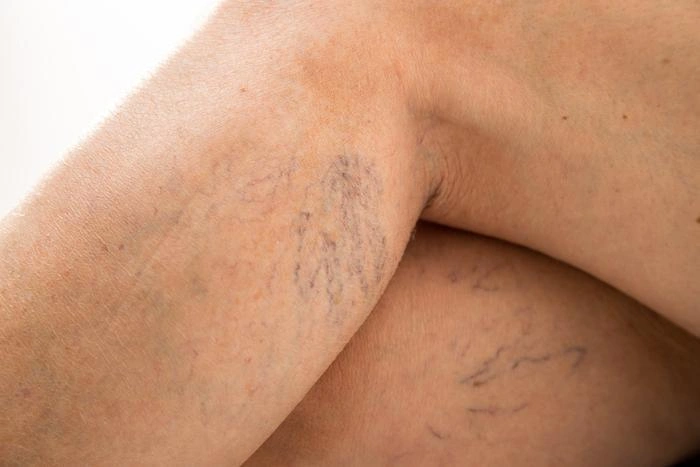When it comes to vein problems, varicose veins and spider veins are typically the first issues that come to mind. Those issues are certainly common, but they’re not the only vein problems that can happen. Knowing other common vein issues — and the symptoms they can cause — can help you get treatment as early as possible before any complications develop.
At Phoenix Heart, PLLC, our team knows that informed patients are in a better position to seek out medical treatment for vein-related symptoms. Here are three common vein problems our doctors want you to know about.
1. Deep vein thrombosis
Thrombus is another word for blood clot, and deep vein thrombosis (DVT) happens when a clot forms inside one of the veins deep in your leg (or, much less often, your arm). Typically, vein clots happen when the tiny valves inside your legs start to weaken and malfunction, allowing blood to “pool up” behind the valves. Blood flow slows down, and sticky plaques start to accumulate inside the vein. Over time, these plaques form a clot that interferes with blood flow and may even block it entirely. If a clot breaks free, it can travel elsewhere, causing life-threatening complications. In fact, as many as 300,000 people die each year as a result of those complications.Like most vein conditions, DVT is more common among people who lead sedentary lives, smokers, and people who are very overweight. All these issues put more stress on your veins and the tiny valves inside them.
2. Chronic venous insufficiency
Chronic venous insufficiency (CVI) happens when circulation in your veins is compromised. CVI can happen anywhere, but it typically affects the veins in your legs. Like DVT, CVI frequently happens when those tiny vein valves are damaged. The circulatory system depends on those tiny valves to return blood in your legs, feet, and other extremities. When the valves aren’t working the way they should, circulation is compromised — insufficient to meet normal demands (hence the term, chronic venous insufficiency).CVI often occurs as a consequence of DVT or other medical issues, like tumors or vascular malformations. Smoking, excess weight, and sedentary lifestyles also play roles. Some people develop CVI for unknown reasons. No matter the cause, medical treatment is essential for restoring normal circulation.
3. Phlebitis
Phlebitis happens when one or more veins become inflamed. Several conditions can cause or contribute to phlebitis, including:
- Clots (a condition called thrombophlebitis)
- Injury to a vein
- Prior vein surgery
- Hormone therapy, including birth control pills
- Underlying medical conditions, including some types of cancer
Like many other vein problems, phlebitis often causes varicose veins and spider veins.Phlebitis can affect the veins just below the surface of your skin (superficial phlebitis) or the veins deep inside your leg or arm (deep vein phlebitis). With superficial phlebitis, you may notice warmth, tenderness, or redness along the affected vein. But with deep vein phlebitis, symptoms can be harder to identify because they’re not visible. Instead, look for limb pain that’s worse when you lower your leg or arm, along with swelling in the area.
Keep an eye on your vein health
Many common vein problems cause leg or arm symptoms that are easily recognizable, like:
- Varicose veins or spider veins
- Leg cramps or leg pain
- Burning or tingling sensations in the affected limb
- Leg swelling
- Limb fatigue
- Itching or skin changes, like flaking or dryness
- Skin sores that take a long time to heal
Still, many people ignore these symptoms or write them off as part of getting older. The result: delayed care that eventually leads to far worse underlying vein problems, including problems causing disability, chronic discomfort, or even amputation.If you have any signs of vein disease, don’t ignore them. Instead, call one of our locations in Glendale, Avondale, Anthem, and Canyon City, Arizona, or book an appointment online today with the team at Phoenix Heart, and learn how we can help.


